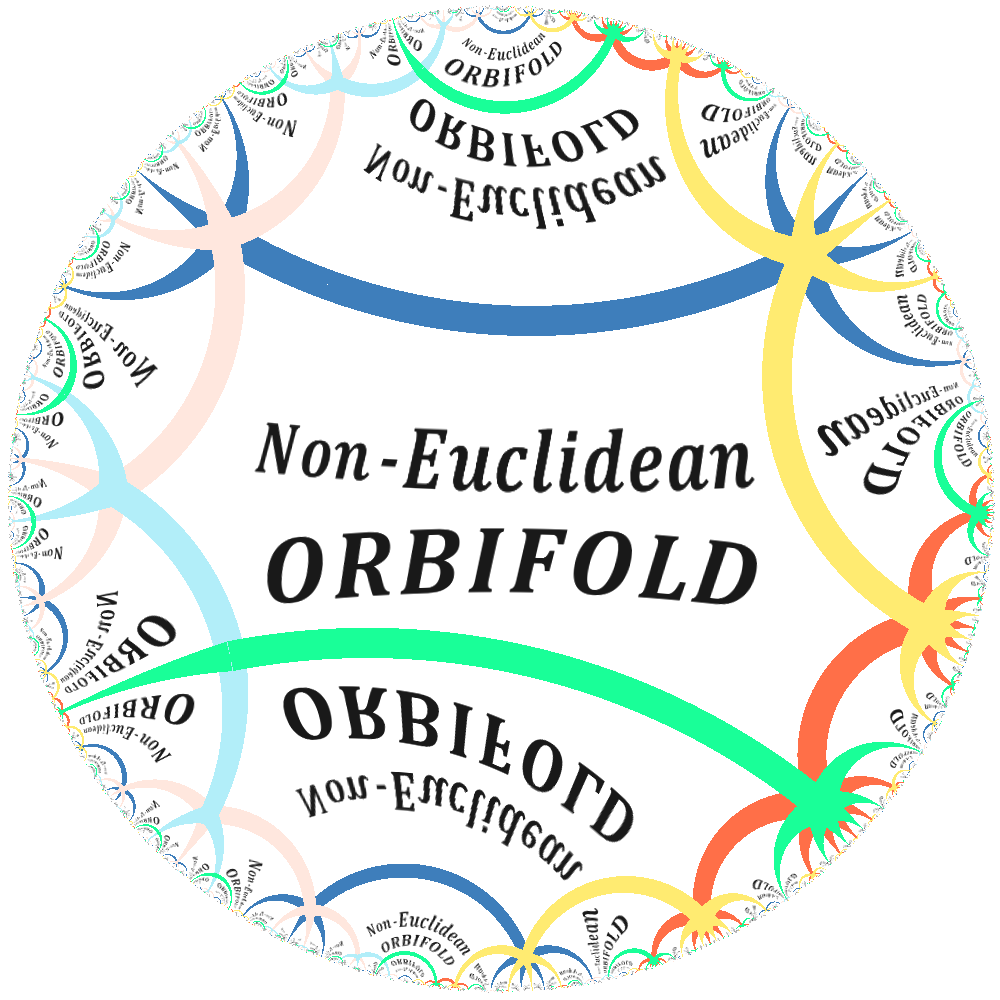Interactive Design and Optics-Based Visualization of Arbitrary Non-Euclidean Kaleidoscopic Orbifolds
Jinta Zheng, Eugene Zhang, Yue Zhang
DOI: 10.1109/TVCG.2023.3326927
Room: 106
2023-10-26T05:33:00ZGMT-0600Change your timezone on the schedule page
2023-10-26T05:33:00Z

Fast forward
Full Video
Keywords
Kaleidoscopic Orbifolds, Orbifold Visualization, Math Visualization, Orbifold Construction, Spherical Geometry, Hyperbolic Geometry
Abstract
Orbifolds are a modern mathematical concept that arises in the research of hyperbolic geometry with applications in computer graphics and visualization. In this paper, we make use of rooms with mirrors as the visual metaphor for orbifolds. Given any arbitrary two-dimensional kaleidoscopic orbifold, we provide an algorithm to construct a Euclidean, spherical, or hyperbolic polygon to match the orbifold. This polygon is then used to create a room for which the polygon serves as the floor and the ceiling. With our system that implements Möbius transformations, the user can interactively edit the scene and see the reflections of the edited objects. To correctly visualize non-Euclidean orbifolds, we adapt the rendering algorithms to account for the geodesics in these spaces, which light rays follow. Our interactive orbifold design system allows the user to create arbitrary two-dimensional kaleidoscopic orbifolds. In addition, our mirror-based orbifold visualization approach has the potential of helping our users gain insight on the orbifold, including its orbifold notation as well as its universal cover, which can also be the spherical space and the hyperbolic space.